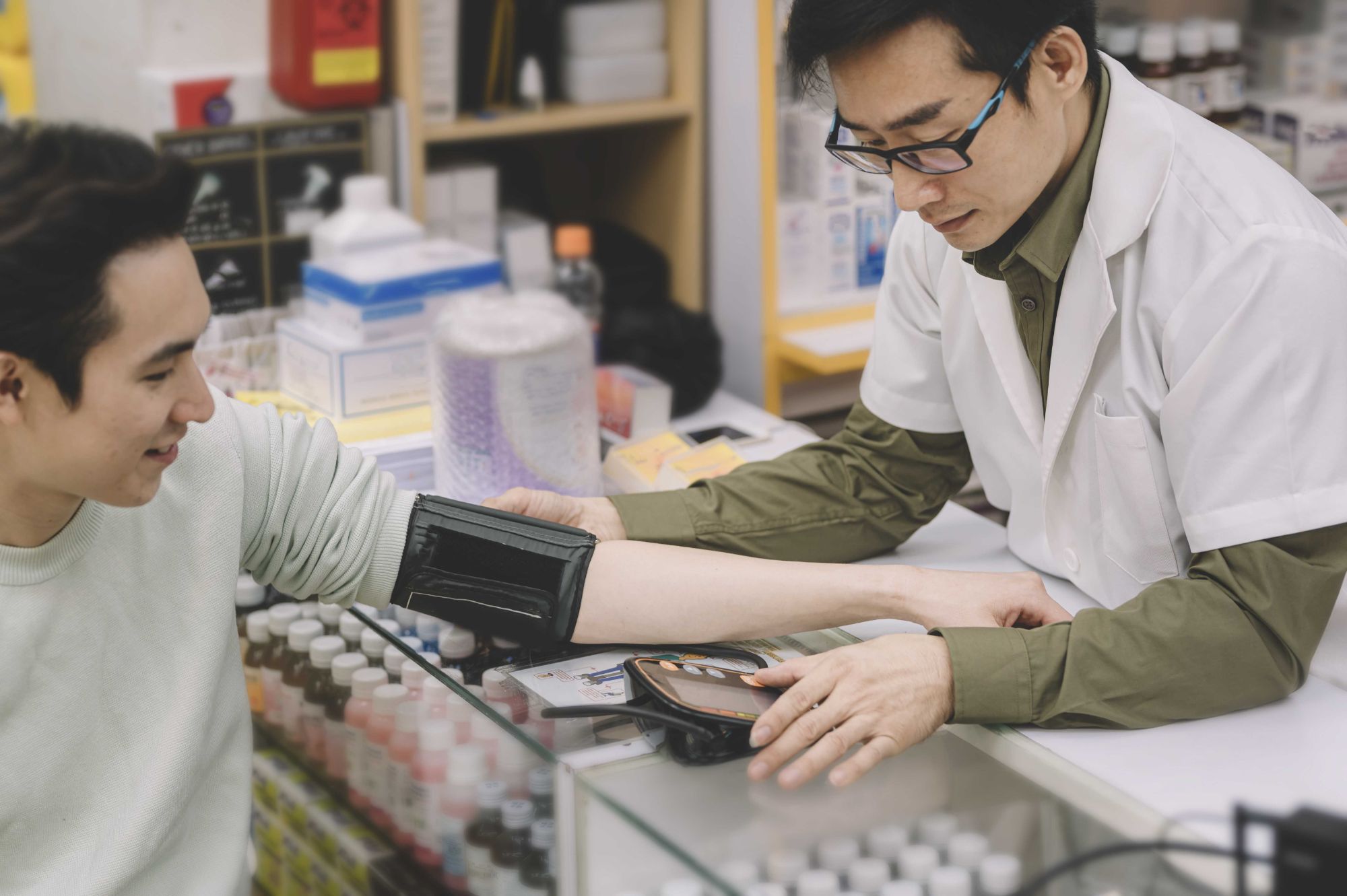Empowering Pharma to Close Care Gaps in Healthcare at the Counter

Medication adherence impacts everything, from patient outcomes and healthcare costs to patient’s quality and length of life. In fact, non-adherence is responsible for as many as 125,000 deaths and up to 25% of hospitalizations, each year in the United States. The more compliant patients are with taking their prescribed medications — especially medications for chronic conditions and disease prevention such as diabetes and hypertension, the less of a strain they are on healthcare practices and healthcare organizations.
That's why it's such an important quality metric for health plans when it comes to incentive programs including CMS' Star ratings and quality scores.
However, while North American pharmacies are leading the charge with therapeutics, medicines, and timely screenings for the most severe medical conditions, keeping patients healthy and adherent is more challenging than ever when it comes to improving clinical outcomes. Factors such as medication affordability and the role of social determinants of health [SDOH] are having a big impact on patient adherence.
That's why aligning with community pharmacy partners is critical for population health as care gaps arise. A recent Outcomes survey indicates more than 95% of patients are comfortable receiving communications and healthcare resources about prescriptions from pharmacists than primary care providers. Additionally, 83% of respondents said they place a moderately high to very high degree of trust in pharmacists' decision-making and recommendations about patient safety, medications, treatments, and preventive care measures.
To achieve patient engagement, pharmaceutical manufacturers (pharma) need to strengthen their alliances with pharmacies to provide early intervention and preventive screenings to close care gaps, and improve health outcomes for all.
What’s Missing: A Deep Dive Into Closing Gaps in Care
The rising cost of living, including the cost of medical care, has urged many consumers to cut back on medications they need to save money. A recent McKesson patient care study observed that when patient out-of-pocket costs increase, so does the likeliness of drug abandonment: Patients with high deductibles and commercial insurance escalate beyond $250, prescription abandonment can reach as high as 69%.
For high risk patients with one or more social determinants of health [SDOH] — the conditions in which we work and live, which includes health literacy, access to transportation for in person visits, and food — the risk of non-adherence is higher. In fact, studies such as this one detect gaps such as poverty, food insecurity, lack of patient education, and weak social support systems increased non-adherence among Medicare patients with hypertension.
These individual factors, coupled with healthcare provider shortages and the growth of pharmacy deserts, all impact disease progression, drug abandonment, targeted outreach, and medication adherence.
Addressing Barriers with Adherence Solutions
Pharma can't control everything, but it can leverage better tools and strategies to raise medication adherence, provide routine screenings and recommended treatments, and address gaps.
Working closely with community pharmacies and payers to identify negative trends and risk factors, such as a below-average outcome among a specific population, is a good starting point: Does data suggest that individuals with that payer are more likely to abandon medications for advanced diseases? Do members of that cohort also struggle with one or more socio-economic issues, such as food insecurity or language barriers? All of these factors (and more) could offer clues to the root causes of missed diagnoses and non-adherence. This is a great reason as to why it’s imperative for pharmacists to be a resource in closing gaps at the counter for better health outcomes and improving the care for preventable diseases.
Care Coordination, Early Detection, and Chronic Disease Management
With the Outcomes® platform, pharma companies can access patient populations on specific drug therapies at scale via digital messaging and consistent communication tailored to their preferences, limitations, and follow up care. This can improve their overall knowledge, while targeting those patients at optimal times — when they tend to be most receptive to communications, in turn, also improving patient trust.
Those same pharmacy management platforms offer access to digital tools such as educational resources for preventive care and adherence check-ins, and apps that identify patients to “nudge” them if they are late to fill prescriptions, plus incentives that urge individuals to switch to 90-day fills. There are also ancillary applications (baked into the platform) that offer discounts for prescription medications: This helps pharma deliver informative brand content in a convenient text or a valuable cost-savings offer alongside a pick-up notification, creating another touchpoint for better outcomes for patient health.
Using proactive messaging tools in a healthcare setting at the right time can raise the odds that individuals will become more educated about their health conditions and adherent to their health care plans. This will benefit not only patients, but the entire healthcare ecosystem — pharma. Payers, pharmacy, and providers, too.





